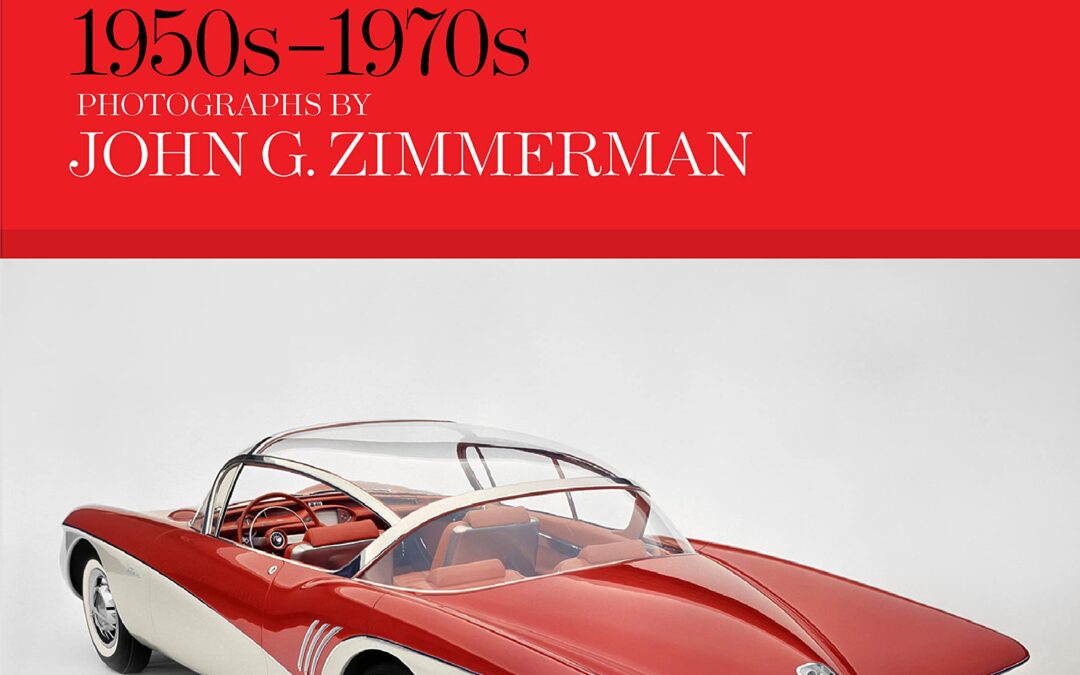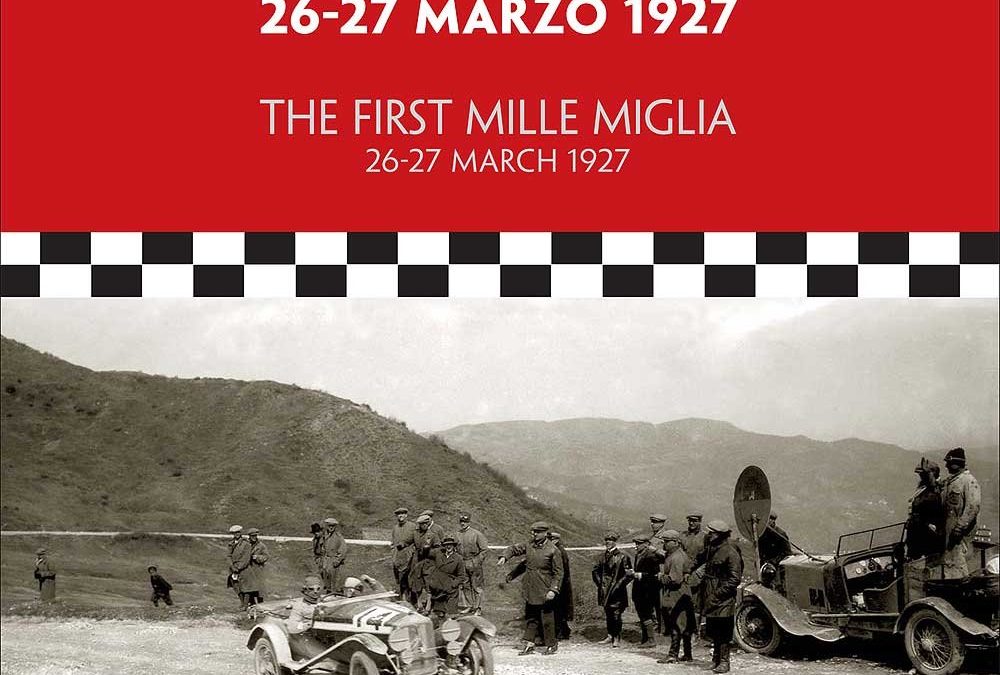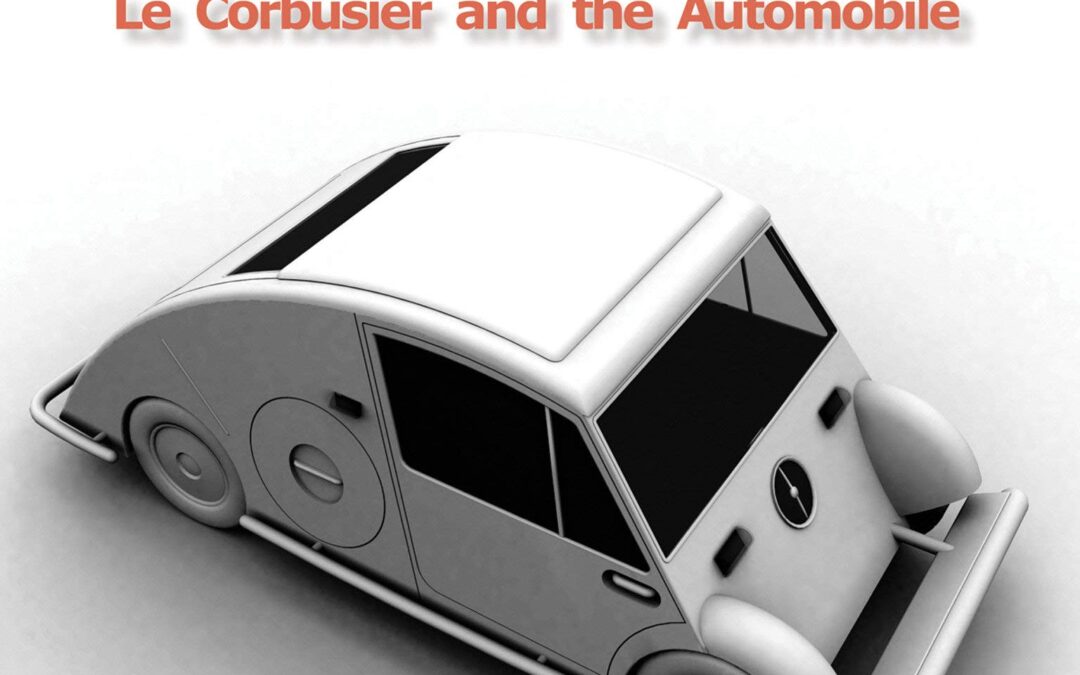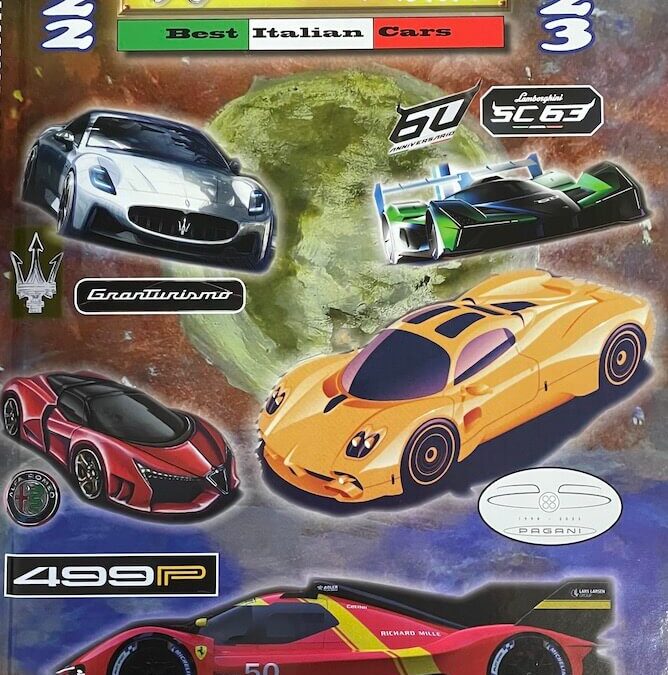
A glorious and nostalgic celebration of a defining period in American car culture—the 1950s to the 1970s, the golden age of Detroit’s icons of the road—when automobile design was at its peak and the car itself was synonymous with a vision of success in America.
Auto America offers a compelling look at three decades (the 1950s, ’60s, and ’70s) of America’s fascination with the automobile. At a time when self-driving vehicles and climate change are transforming driving around the world, John G. Zimmerman’s pictures capture the optimism and even utopianism of a beloved period in American car culture.
Many of Zimmerman’s photographs were originally taken for Life, Time, and Sports Illustrated magazines and highlight diverse aspects of America’s auto industry at its zenith; they feature not only iconic cars of the era, which Zimmerman chronicled comprehensively at car shows and in studio assignments throughout the period, but also a behind-the-scenes look at the people who designed, built, collected, exhibited, and raced them.
With more than 200 photographs and drawing on the John G. Zimmerman Archive’s collection—including his best-known photographs of Fords, Chryslers, and GMs in their heyday alongside ephemera, tear sheets, and outtakes from his assignments—the book celebrates the automobile’s central place in American culture during those decades when the timeless silhouettes of classic cars ruled the roads.

These cars are futuristic, utopian, eccentric, and always ahead of their time. From models that were never presented to consumers to those produced as limited series, Fast Forward shows cars that pique people’s interest and enthusiasm. From cars never shown to those models that see small production runs, Fast Forward presents vehicles that are just as much sculpture as automobile. Iconic winglets adorn models from the 50s. Automobiles of the 70s appear to be works of science fiction rather than modes of transportation. Classic interpretations and vintage prototypes that hinted at the future of yesteryear. Every decade has it own ideas of the future. The timeline of concept cars is narrated through an alluring pairing of project images and stories from inside studio walls. Designers discuss the catalysts behind their creations from the first scribble upon a blank page to a 3D model to the roadways. Fast Forward showcases the past, present, and, in the true spirit of concept cars, the future of this intriguing and diverse realm.

Ninety years ago the first Mille Miglia was held on March 26-27, 1927. The First Mille Miglia enables the reader to pin down a story which is not exactly secret, but has remained unknown until now. After exhaustive research of the Mille Miglia Archives, previously unpublished yet invaluable documentation came to light with the historic information they provide. This book tells of the first Mille Miglia’s regulations, the analytical description of 1,618 kilometres of the route – a rare description of the Italian roads in 1927 – specifications of the 101 cars entered for the event with photographs of the drivers, the results list and times at which each entrant reached the various controls at Parma, Bologna, Florence, Poggibonsi, San Quirico d’Orcia, Viterbo, Rome, Terni, Spoleto, Ancona, Rimini, Bologna and Treviso. From this journey into the recorded history of the first Mille Miglia, out came the story of just what the event really was like: a giant utopian undertaking, from which the book now attempts to separate legend from reality. By studying documents, most of which were previously unknown, a different story emerges of the 1927 Mille Miglia’s various stages, what the drivers looked like and all presented as real people. And much of the illustrative material is previously unpublished.

A colorful account of Le Corbusier’s love affair with the automobile, his vision of the ideal vehicle, and his tireless promotion of a design that industry never embraced.Le Corbusier, who famously called a house “a machine for living,” was fascinated—even obsessed—by another kind of machine, the automobile. His writings were strewn with references to autos: “If houses were built industrially, mass-produced like chassis, an aesthetic would be formed with surprising precision,” he wrote in Toward an Architecture (1923). In his “white phase” of the twenties and thirties, he insisted that his buildings photographed with a modern automobile in the foreground. Le Corbusier moved beyond the theoretical in 1936, entering (with his cousin Pierre Jeanneret) an automobile design competition, submitting plans for “a minimalist vehicle for maximum functionality,” the Voiture Minimum. Despite Le Corbusier’s energetic promotion of his design to several important automakers, the Voiture Minimum was never mass-produced. This book is the first to tell the full and true story of Le Corbusier’s adventure in automobile design. Architect Antonio Amado describes the project in detail, linking it to Le Corbusier’s architectural work, to Modernist utopian urban visions, and to the automobile design projects of other architects including Walter Gropius and Frank Lloyd Wright. He provides abundant images, including many pages of Le Corbusier’s sketches and plans for the Voiture Minimum, and reprints Le Corbusier’s letters seeking a manufacturer. Le Corbusier’s design is often said to have been the inspiration for Volkswagen’s enduringly popular Beetle; the architect himself implied as much, claiming that his design for the 1936 competition originated in 1928, before the Beetle. Amado Lorenzo, after extensive examination of archival and source materials, disproves this; the influence may have gone the other way. Although many critics considered the Voiture Minimum a footnote in Le Corbusier’s career, Le Corbusier did not. This book, lavishly illustrated and exhaustively documented, restores Le Corbusier’s automobile to the main text.







